Mercedes Leather Restoration: Estimating Timing & Optimizing the Process
Mercedes leather restoration is a meticulous process that involves cleaning, assessing damage, using…….
Welcome to an extensive exploration of the art and science behind Mercedes leather restoration, a specialized process that breathes new life into the iconic interiors of Mercedes-Benz vehicles. In today’s fast-paced world, where luxury car ownership is a symbol of status and prestige, maintaining and restoring these automotive masterpieces is more crucial than ever. This article aims to guide you through every facet of Mercedes leather restoration, from its historical roots to cutting-edge techniques, global impact, and future prospects. By the end, readers will have a comprehensive understanding of why this craft is not just about aesthetics but also about preserving a segment of automotive history.
Definition:
Mercedes leather restoration is a meticulous process involving the careful cleaning, repair, and revitalization of the fine leathers found within Mercedes-Benz vehicles. It encompasses both aesthetic and structural components, ensuring that every detail reflects the original craftsmanship for which Mercedes is renowned.
Core Components:
Historical Context:
Mercedes-Benz has long been synonymous with luxury and innovation in the automotive industry. Since the early 20th century, the brand has set benchmarks for craftsmanship and design. As vehicles aged, the preservation of their interiors became a growing concern among enthusiasts and owners. The art of leather restoration emerged as a specialized field to meet this demand, ensuring that these classic Mercedes could be enjoyed for generations to come.
Significance:
Mercedes leather restoration is not merely about restoring an old car’s interior; it is a testament to the enduring quality and beauty that Mercedes-Benz embodies. By properly restoring these leathers, enthusiasts preserve the legacy of their vehicles while also enhancing their resale value and overall ownership experience. This process ensures that each vehicle retains its unique character and tells the story of its past, making it a cherished possession for owners worldwide.
International Influence:
Mercedes leather restoration has transcended national borders, becoming a global phenomenon. Enthusiasts and professionals from various countries contribute to this field, sharing techniques and best practices. This international collaboration ensures that the art of restoration stays dynamic and responsive to evolving tastes and technologies.
Regional Trends:
Market Dynamics:
The global market for Mercedes leather restoration is influenced by several factors:
| Factors | Impact |
|---|---|
| Vintage Market Growth | The increasing popularity of classic cars drives demand for restoration services, especially for Mercedes models known for their timeless design. |
| Luxury Car Sales | Rising sales of high-end luxury vehicles contribute to a larger pool of potential customers seeking premium restoration services. |
| Online Communities | Social media and online forums have connected restorers worldwide, facilitating knowledge sharing and fostering a global community. |
Market Size and Growth:
The economic landscape of Mercedes leather restoration is robust and growing. According to industry reports, the global luxury car market, which includes Mercedes, is projected to reach USD 1.2 trillion by 2025, with a significant portion dedicated to interior restoration and customization. This presents a lucrative opportunity for restorers, especially those offering specialized services.
Investment Patterns:
Role in Economic Systems:
Mercedes leather restoration plays a vital role in local and national economies:
Innovations in Cleaning:
Color Restoration and Matching:
Structural Repair and Filling:
Future Technologies:
Legal Frameworks:
Leather restoration services are subject to various laws and regulations worldwide, primarily focused on ensuring consumer protection and environmental safety.
Industry Certifications:
Certifications like the International Association of Leather Restorers (IALR) provide a global standard for quality and professionalism in leather restoration. These certifications help owners identify reputable restorers and ensure consistent service quality.
Common Challenges:
Criticisms and Solutions:
| Criticism | Proposed Solution |
|---|---|
| Lack of standardization in techniques | Establish industry guidelines and encourage restorers to adopt best practices through training programs. |
| Inconsistent quality | Implement certification programs that educate and accredit restorers, ensuring consumers receive high-quality services. |
| Environmental concerns | Restorers can adopt eco-friendly materials and waste management practices, reducing their environmental footprint. |
Case Study 1: Revitalizing a Classic 300SL:
A restorer in the United States took on the challenge of reviving a 1954 Mercedes-Benz 300SL coupe. The project involved repairing extensive leather damage, re-dying the seats to match the original color, and restoring the door panels. By combining traditional handwork with modern tools, the restorer successfully brought this classic back to its former glory, setting a new standard for precision restoration.
Case Study 2: Preserving a Modern G-Wagon:
A Japanese restorer partnered with a local Mercedes dealership to restore a rare 1980s G-Wagon. The focus was on preserving the vehicle’s vintage charm while upgrading interior comfort. The team used advanced cleaning techniques to revive the leather, replaced worn-out components, and added modern amenities without compromising authenticity. This case highlights the successful fusion of classic design and contemporary comforts.
Case Study 3: Global Collaboration for a R280:
An international collaboration between restorers in Europe and North America restored a 1970s Mercedes R280 sedan. The project involved extensive leather repair and re-staining, requiring the exchange of knowledge and resources. This case study exemplifies how global communities contribute to the preservation of rare Mercedes models through shared expertise.
Emerging Trends:
Growth Areas:
Strategic Considerations:
Mercedes leather restoration is not merely about restoring vehicles; it is a testament to the enduring appeal of luxury and craftsmanship. As technology advances and global trends evolve, this art form continues to adapt, ensuring that each restored Mercedes remains a unique reflection of its owner’s passion and heritage. The future looks bright for restorers, as the demand for high-quality leather restoration services shows no signs of slowing down.
Q: How often should I get my Mercedes leather interior professionally restored?
A: There is no strict schedule, but regular cleaning and conditioning can extend the life of your leather. Annual or bi-annual restorations are recommended for heavily used vehicles to maintain optimal condition.
Q: Can modern restoration techniques damage vintage Mercedes leathers?
A: When performed by skilled professionals, modern techniques are safe for both old and new leathers. Restorers use specialized tools and materials designed for various leather types.
Q: How can I choose a reputable leather restorer?
A: Look for certifications like IALR, read client reviews, and inquire about their experience with specific Mercedes models. A good restorer should provide before-and-after photos and detailed explanations of the restoration process.
Q: Are there DIY kits available for minor leather repairs?
A: Yes, DIY kits are available, but they may not offer professional results for extensive damage. For best outcomes, particularly on valuable vehicles, it’s recommended to seek expert help.
Q: Can Mercedes leather restoration increase the resale value of my car?
A: Absolutely! A well-restored interior can significantly enhance a vehicle’s appeal to potential buyers, potentially increasing its resale value by several thousand dollars.
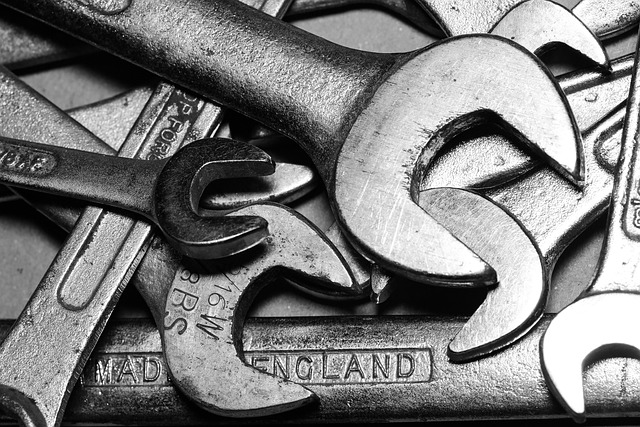
Mercedes leather restoration is a meticulous process that involves cleaning, assessing damage, using…….
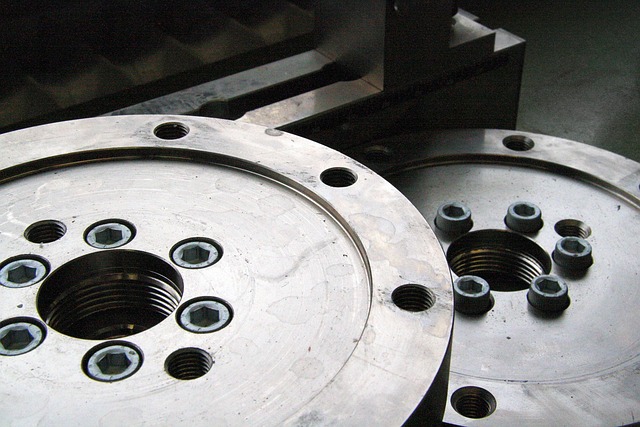
Mercedes leather restoration requires a nuanced approach due to diverse finishes, such as Aniline an…….
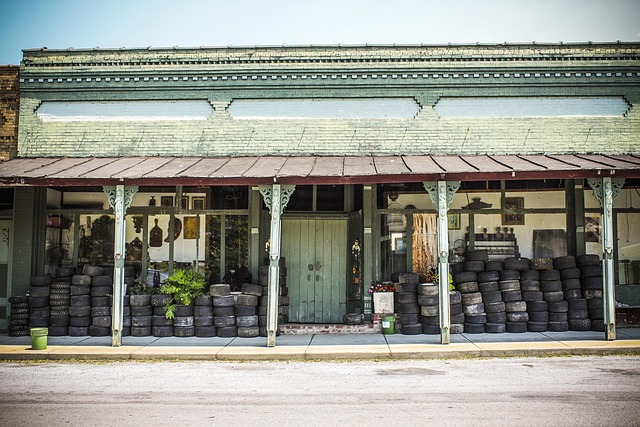
Evaluating damage, cleaning, and conditioning are crucial initial steps for Mercedes leather restora…….
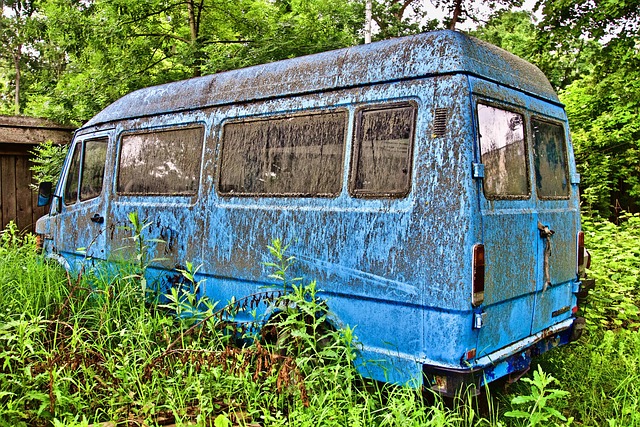
Mercedes leather restoration is a DIY project that maintains and repairs luxury leather interiors in…….
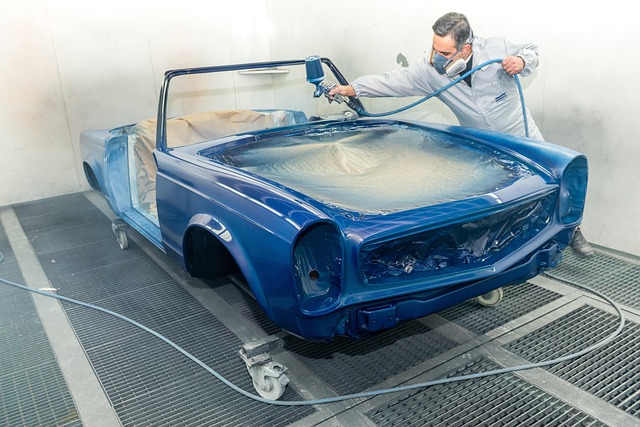
Mercedes vehicles are backed by warranties emphasizing quality, though standard coverage typically d…….
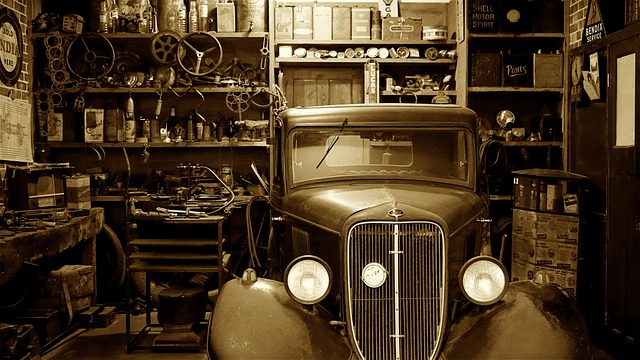
Mercedes leather restoration is a specialized process addressing age-related and accidental damage o…….

Mercedes-Benz offers a range of luxury interior options, including both real leather and sustainable…….